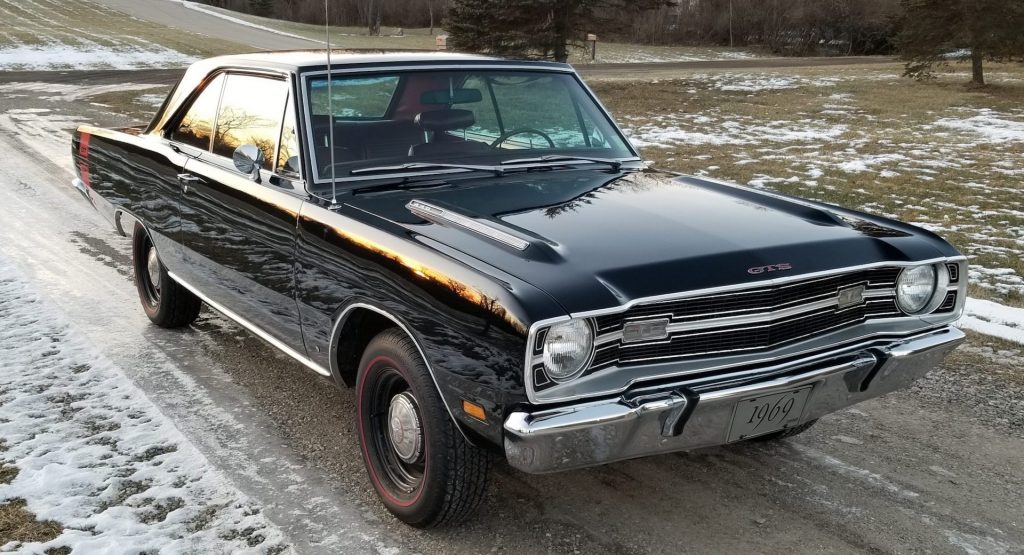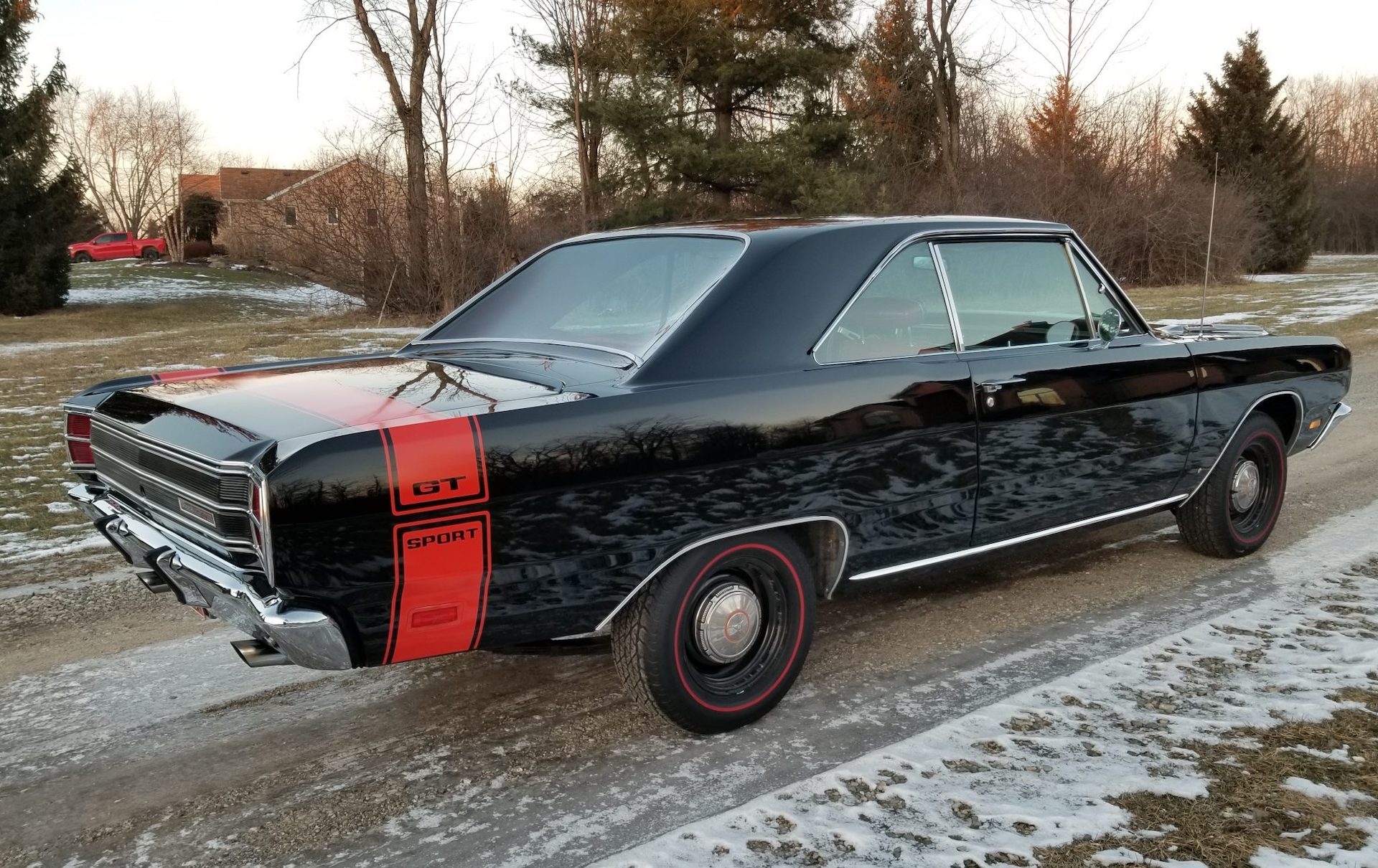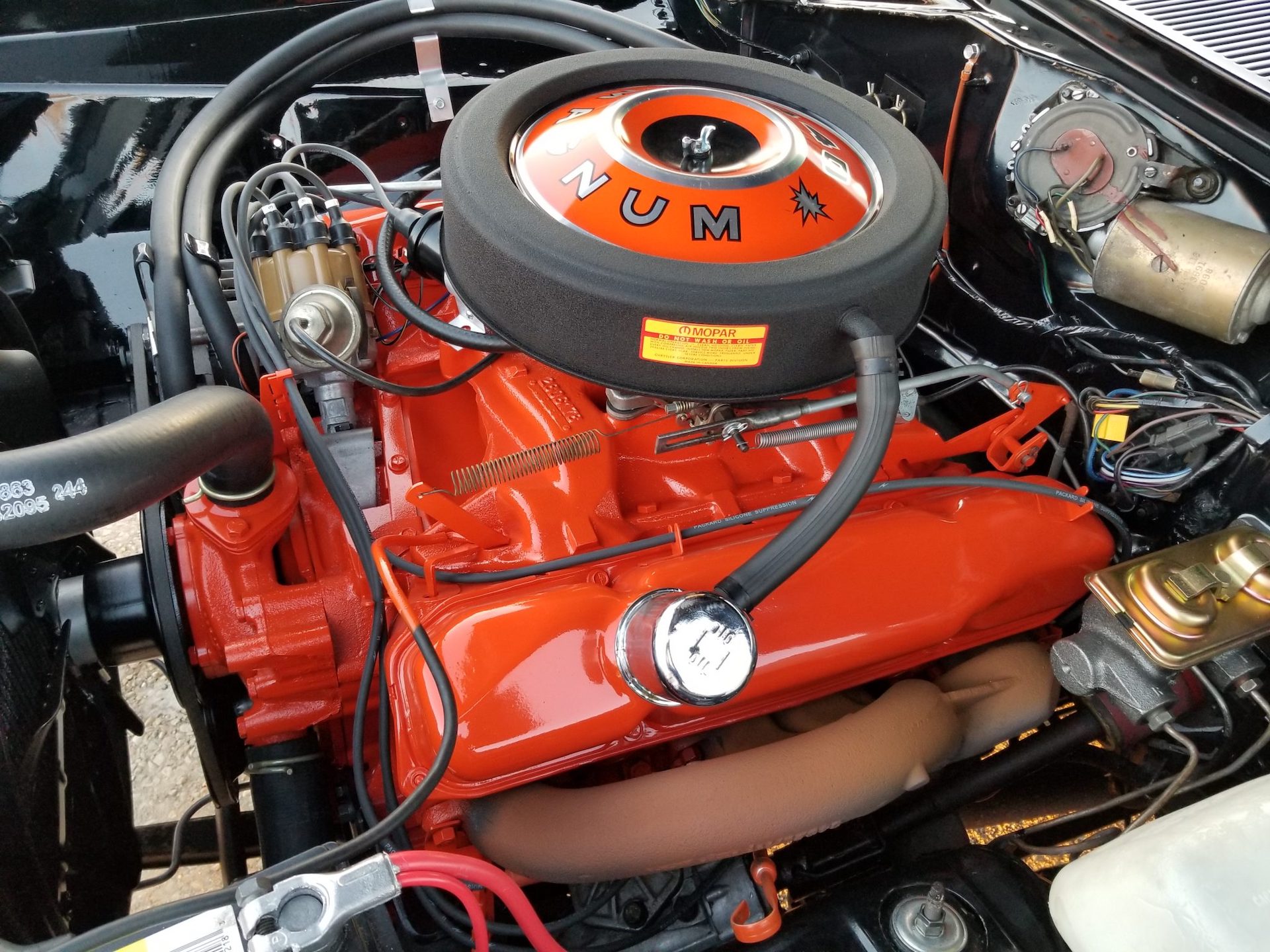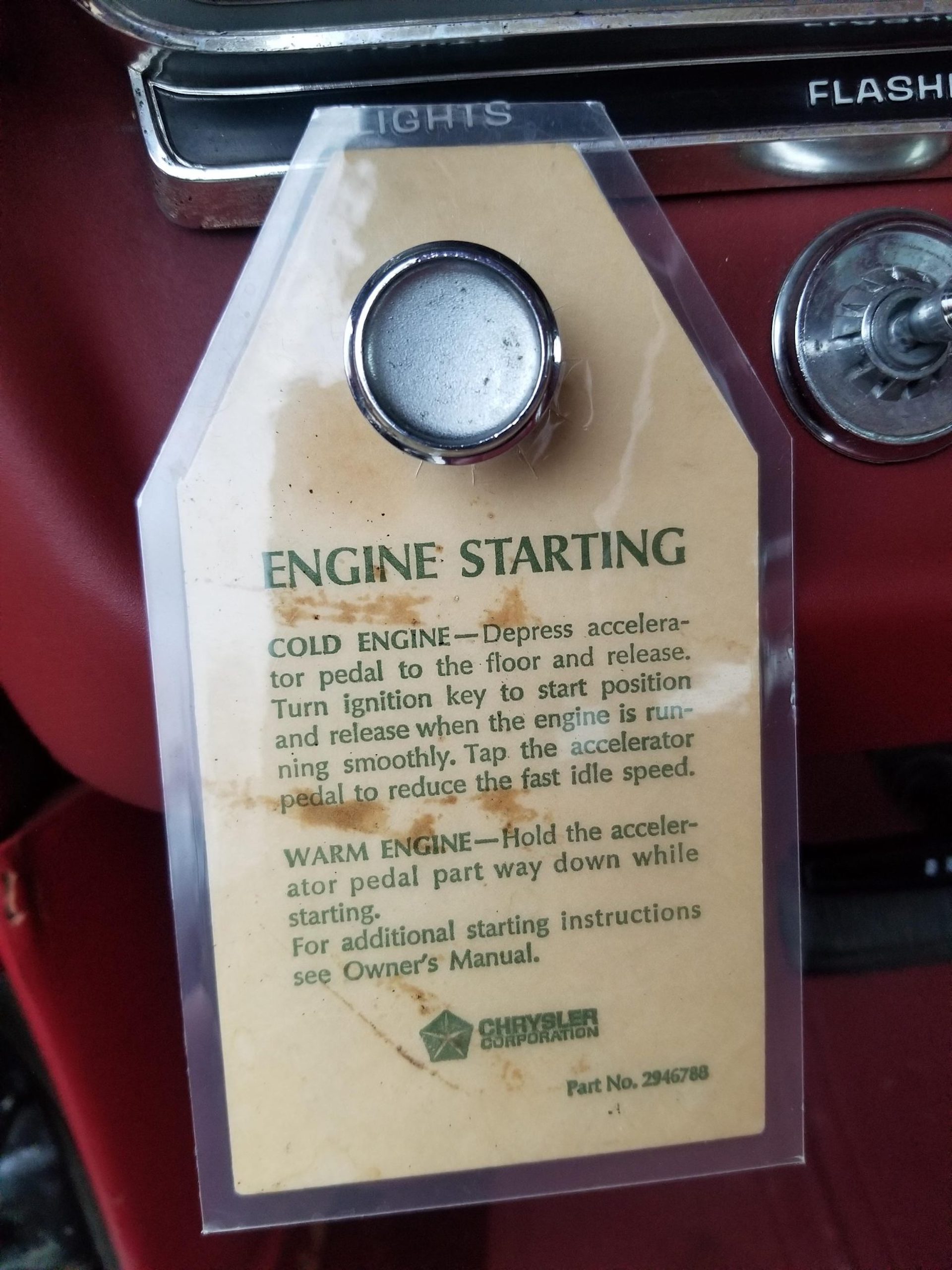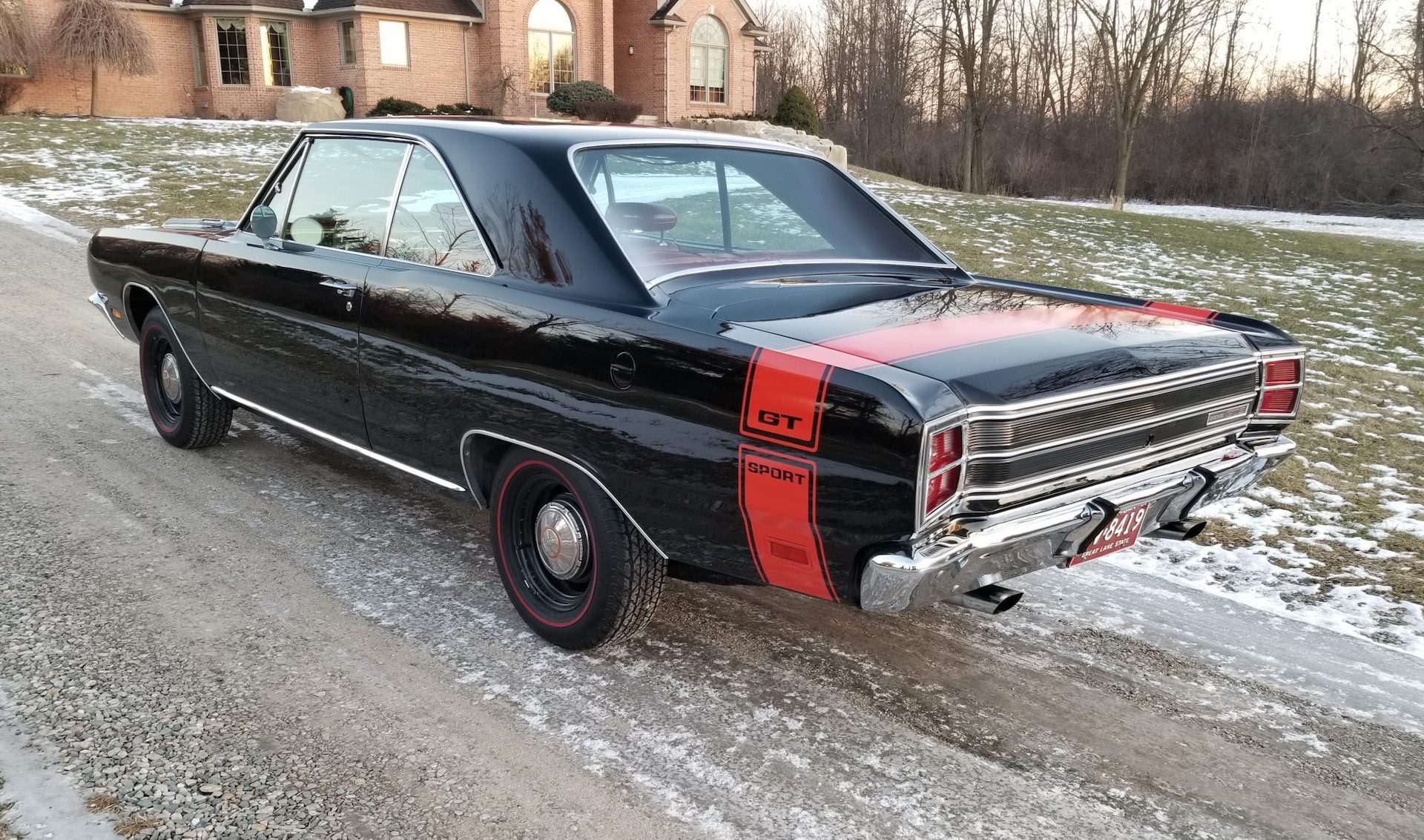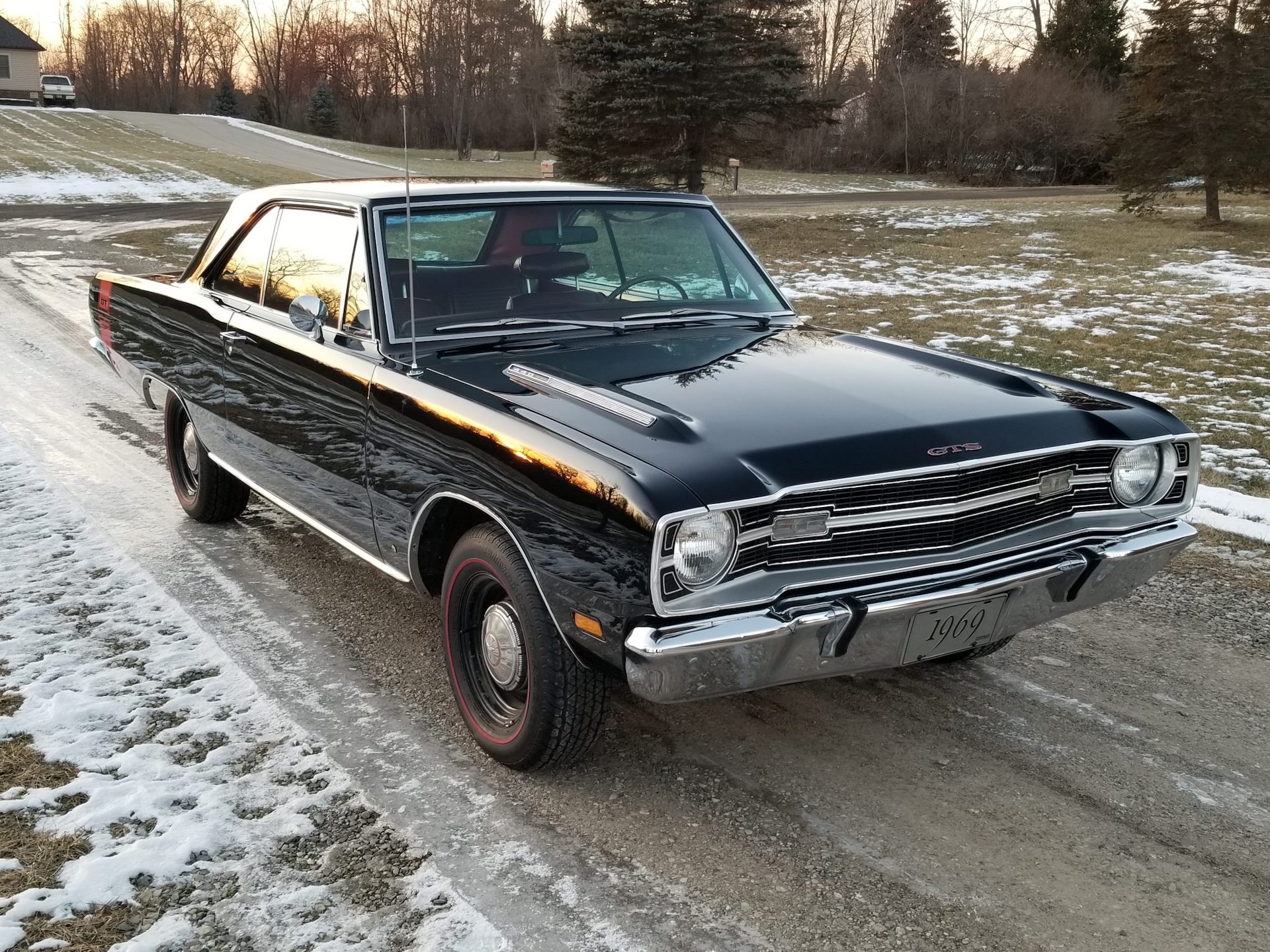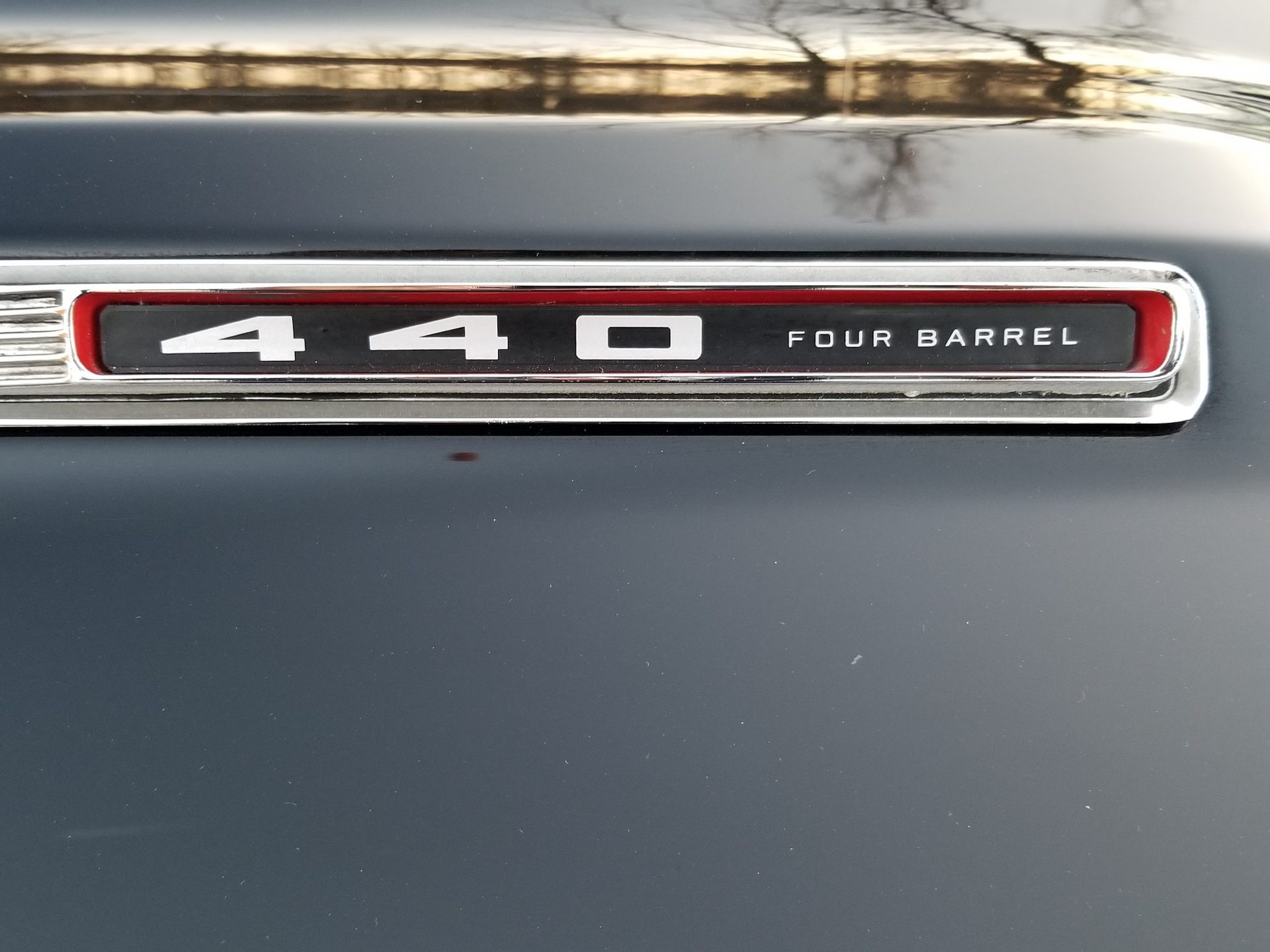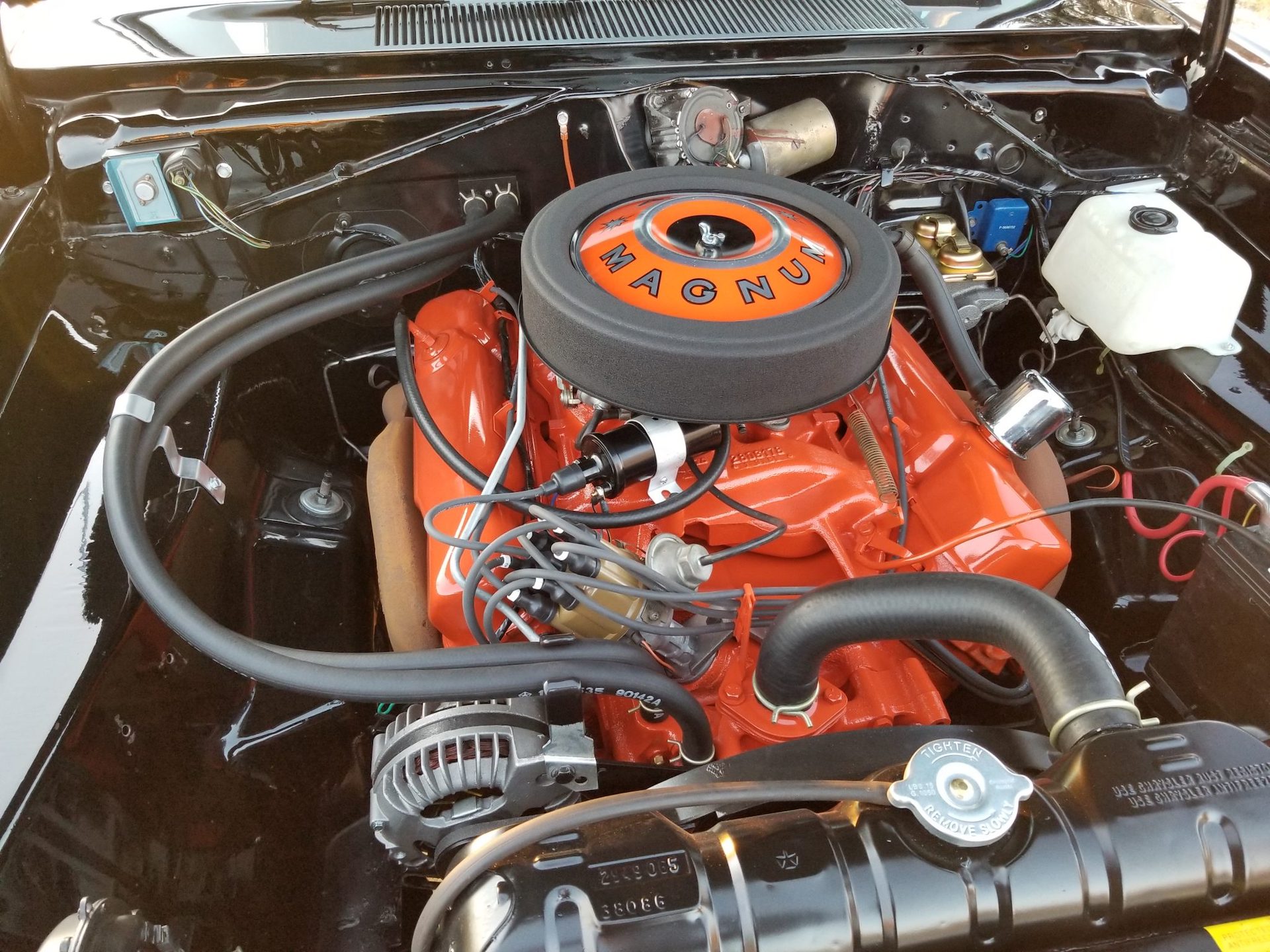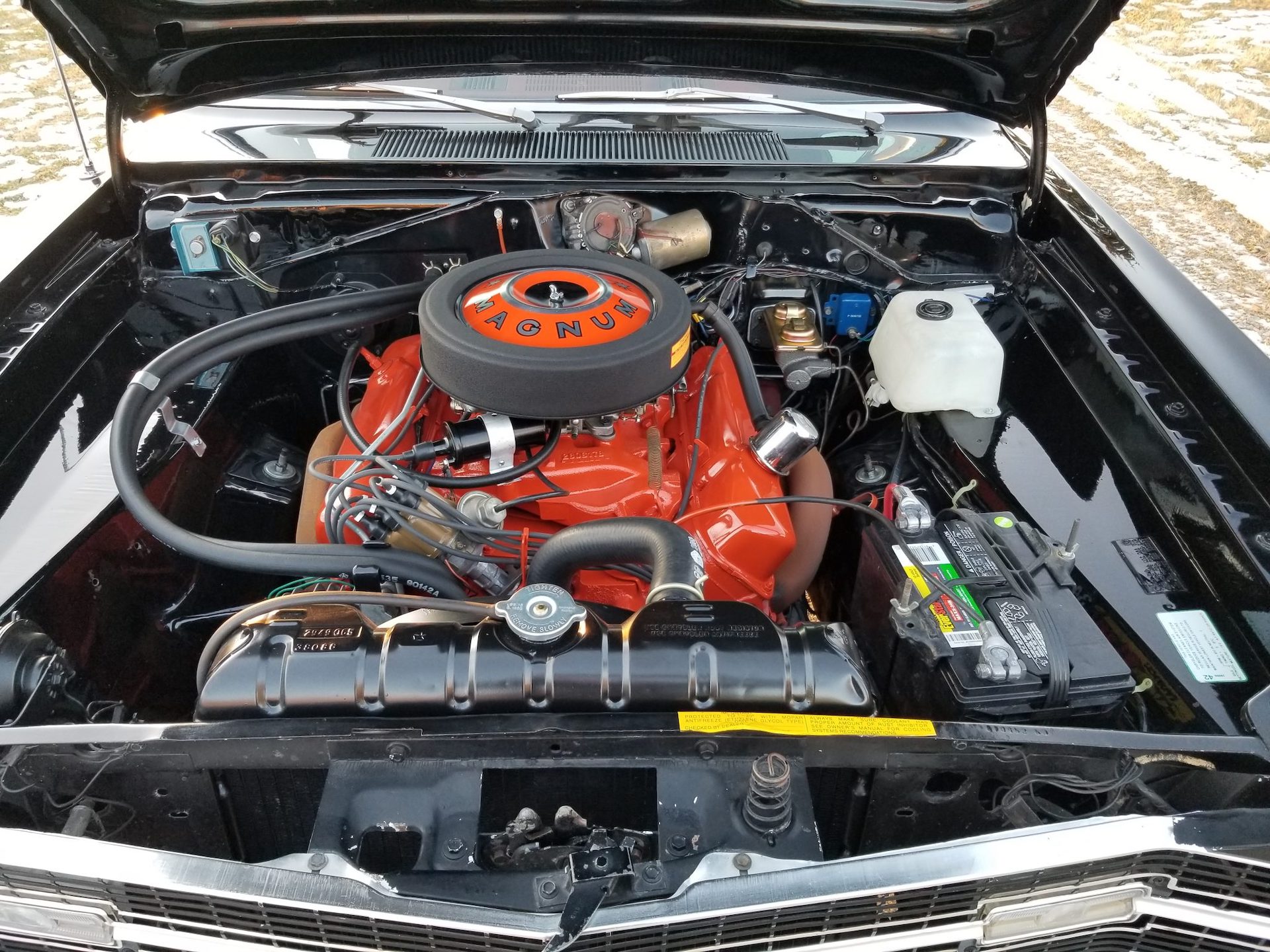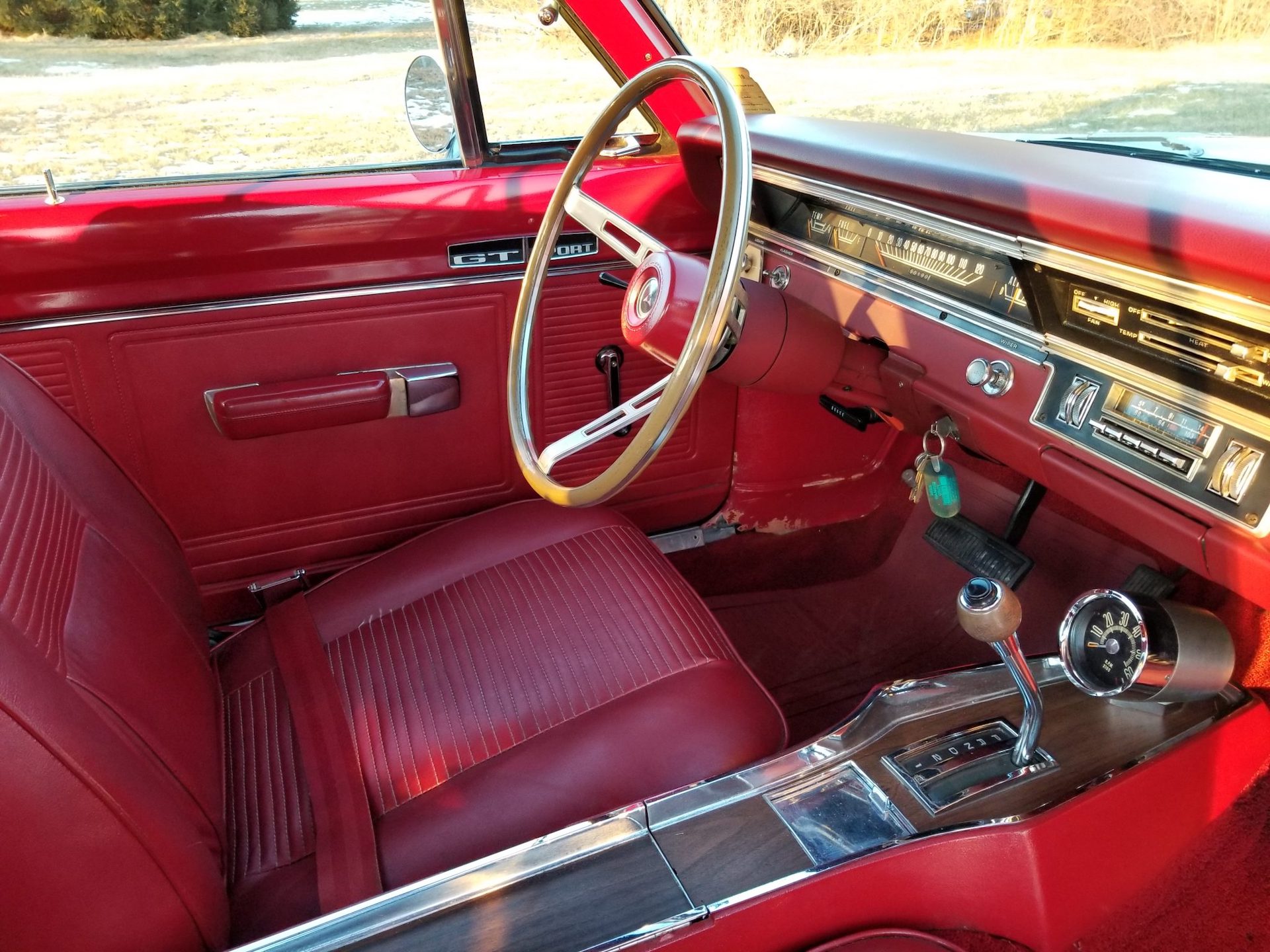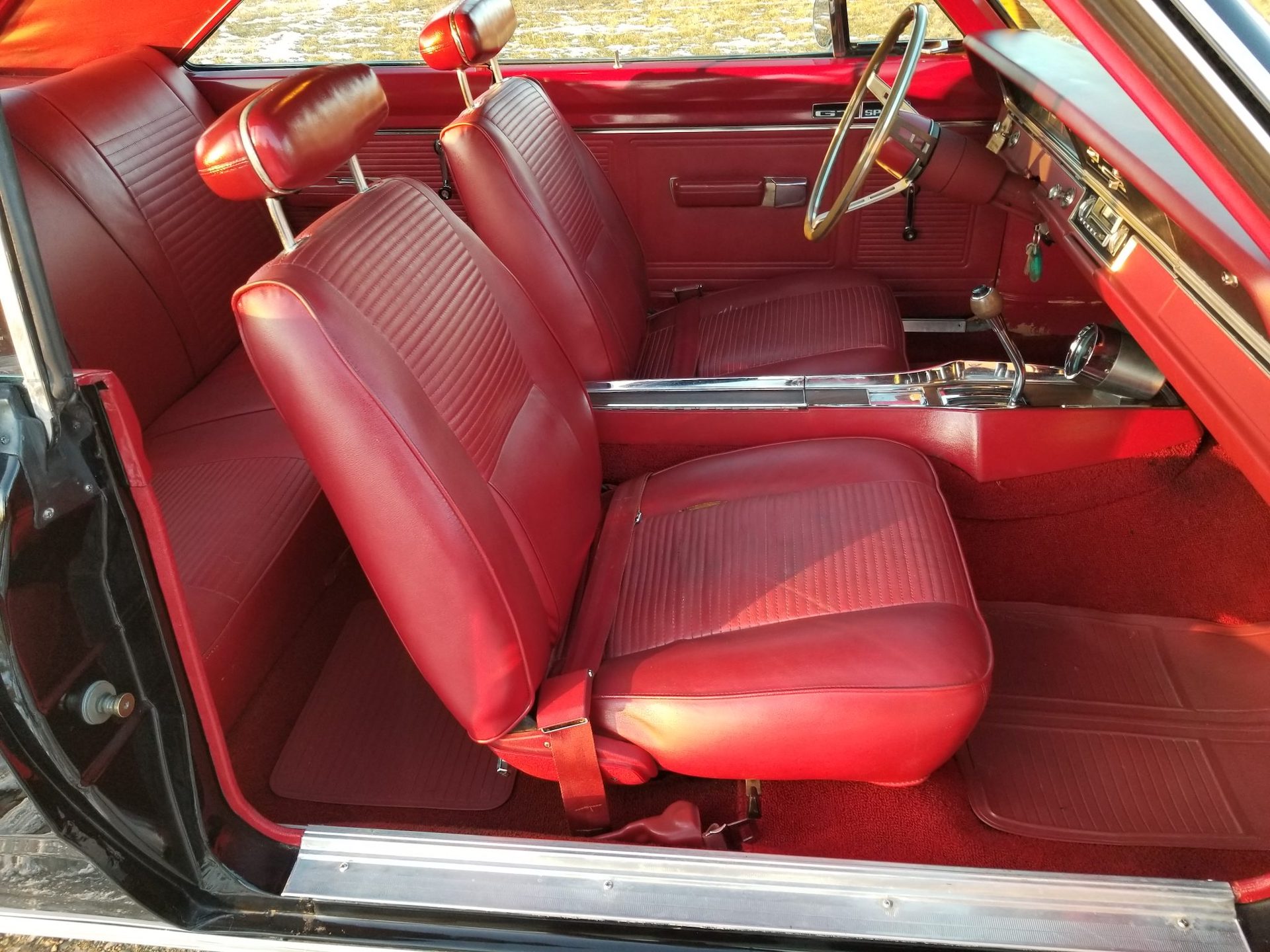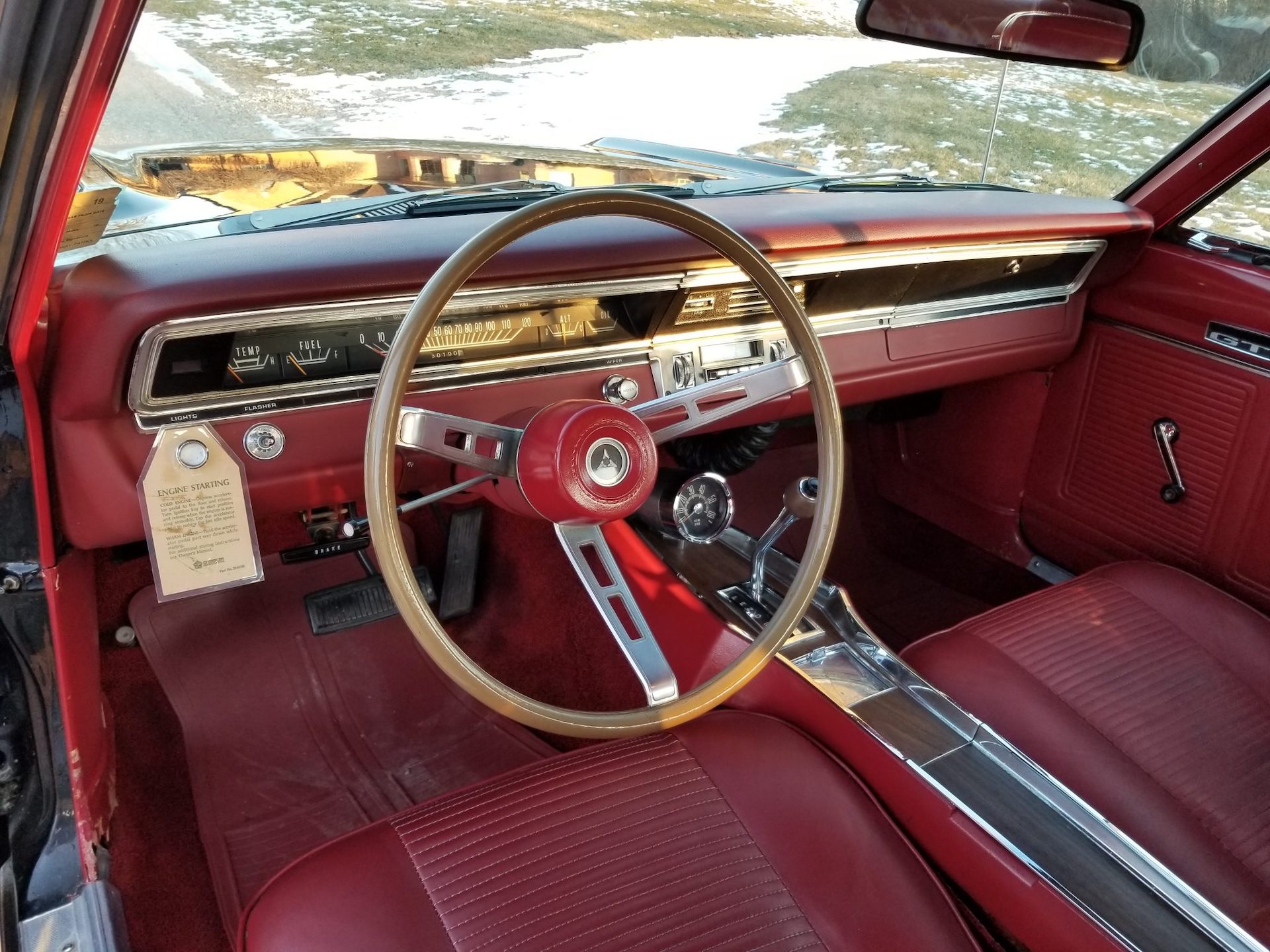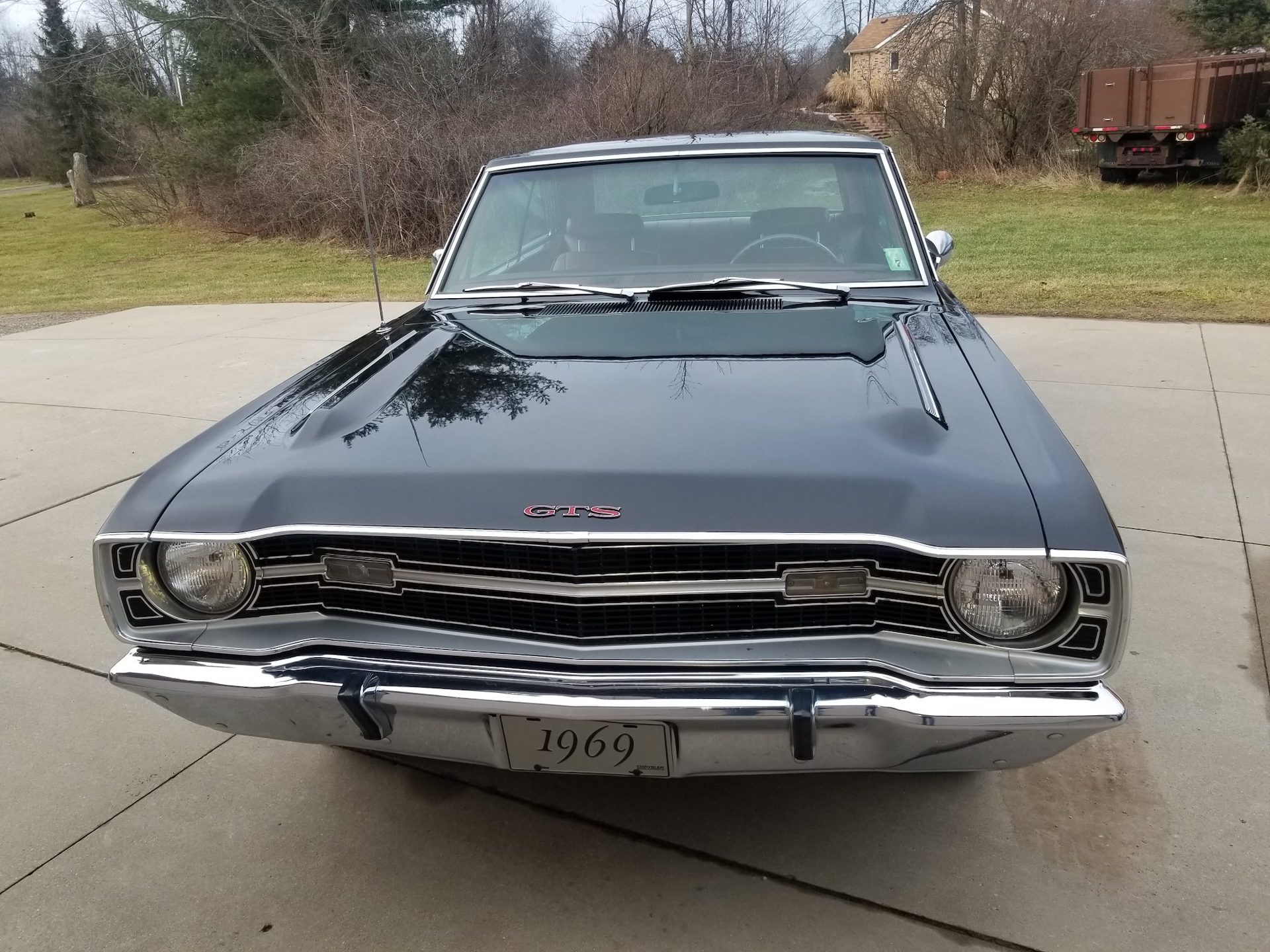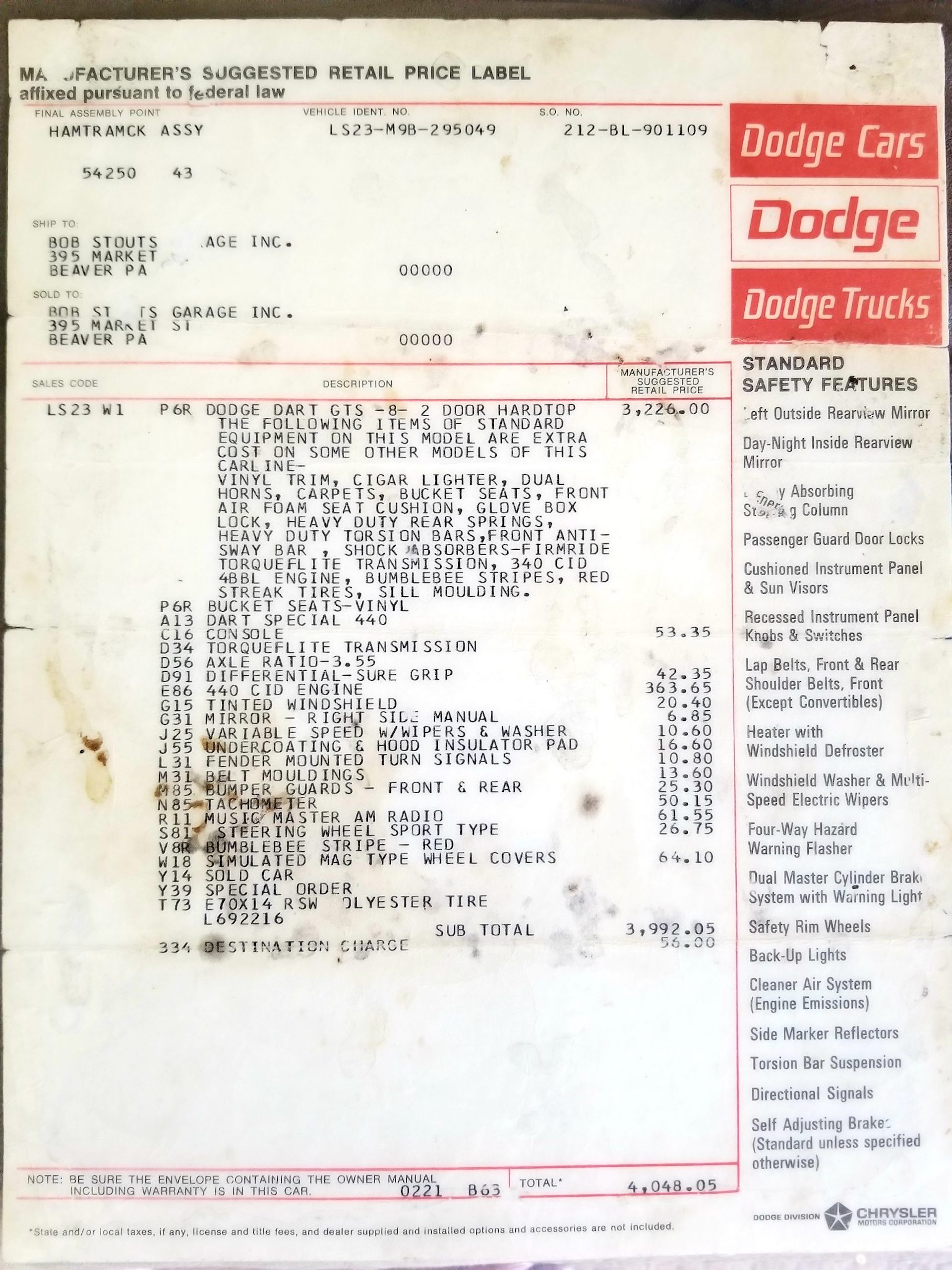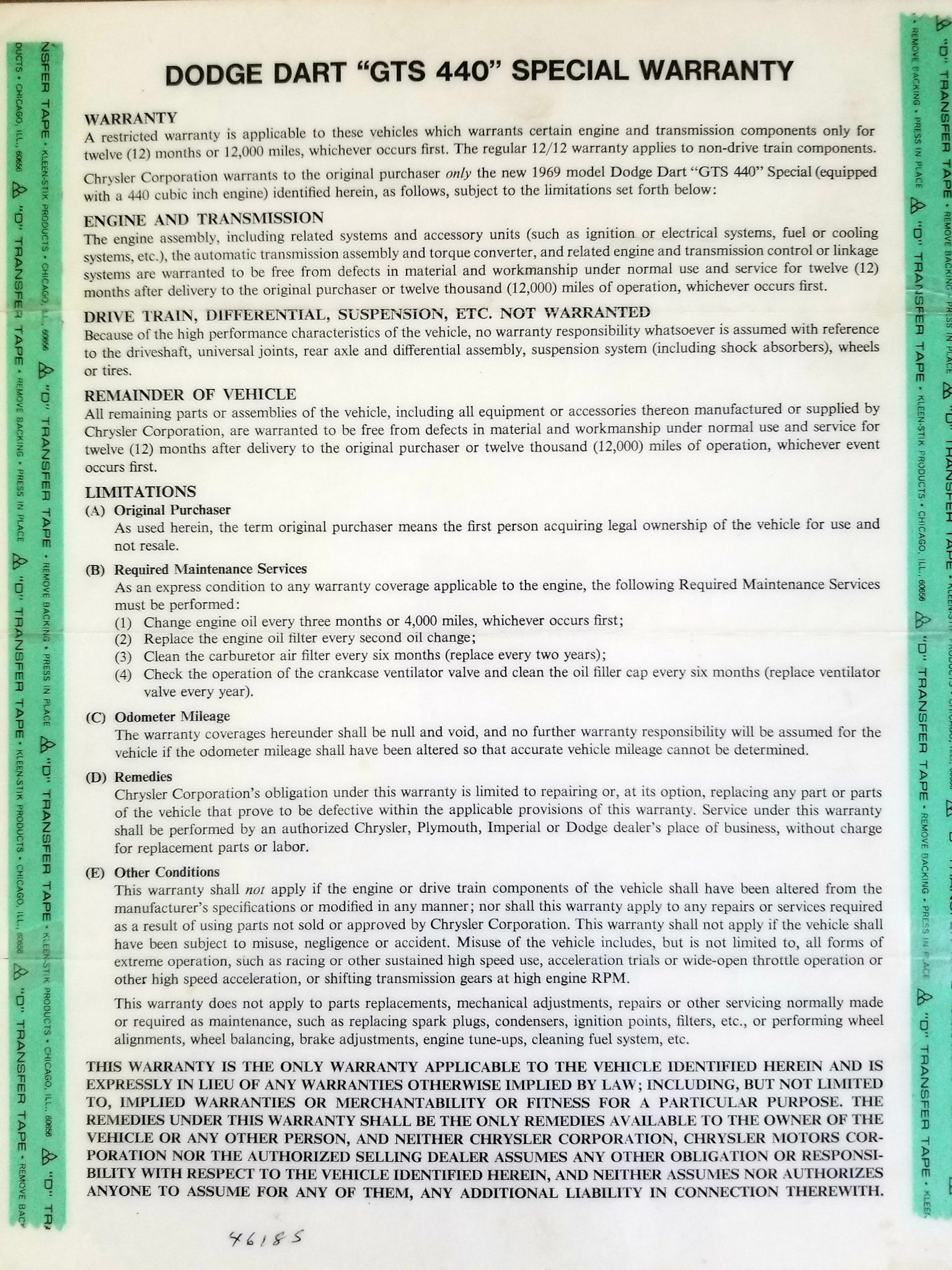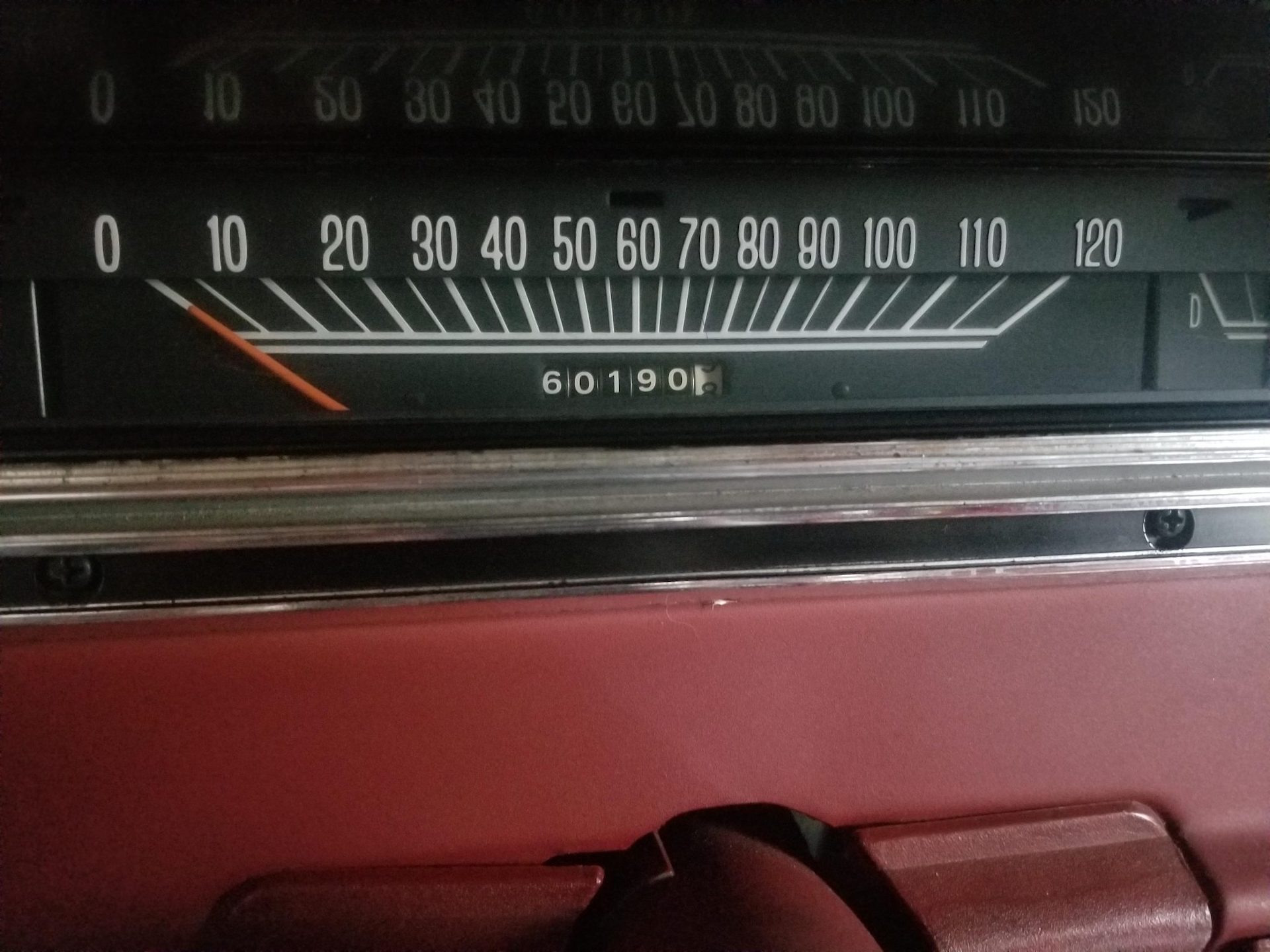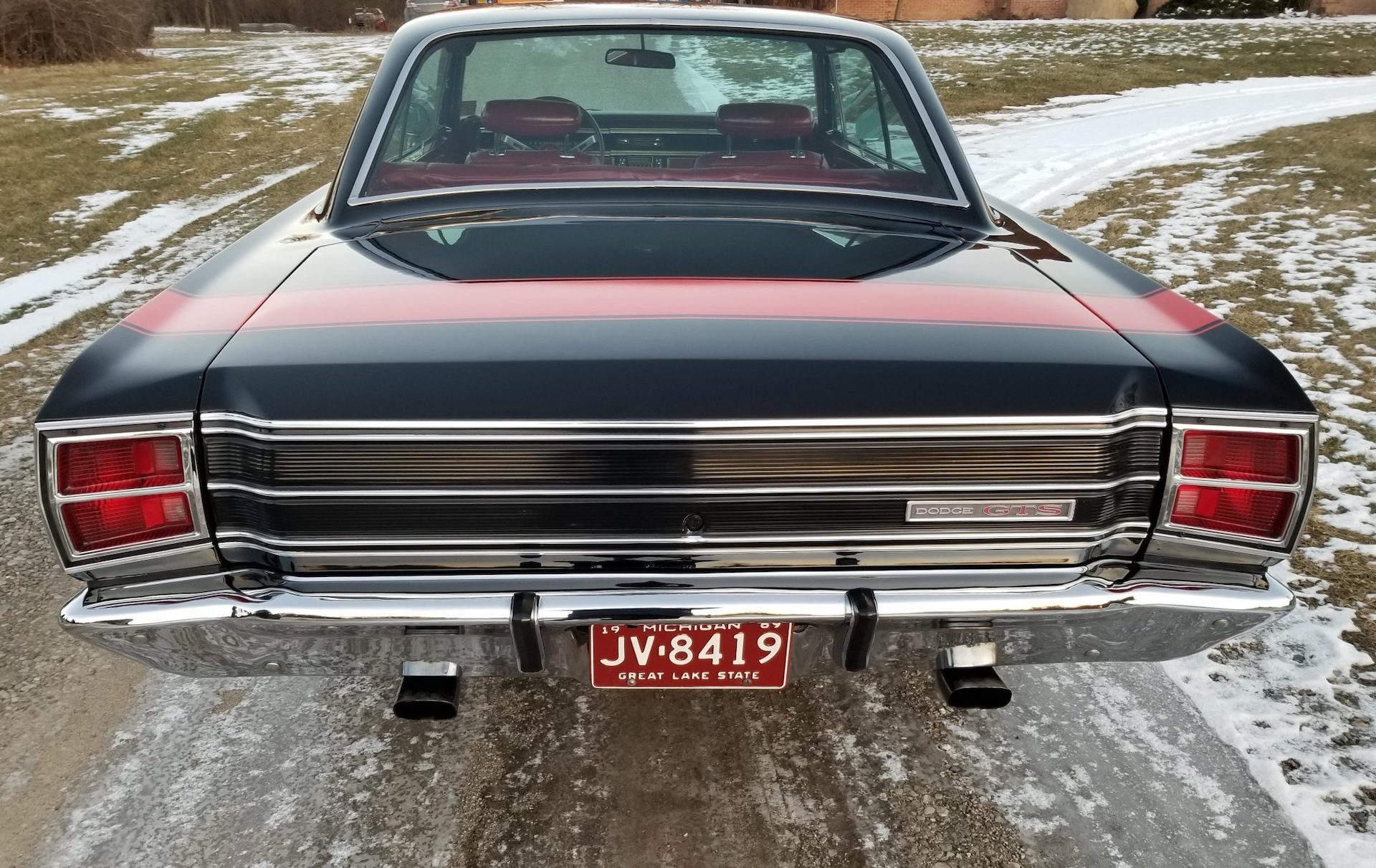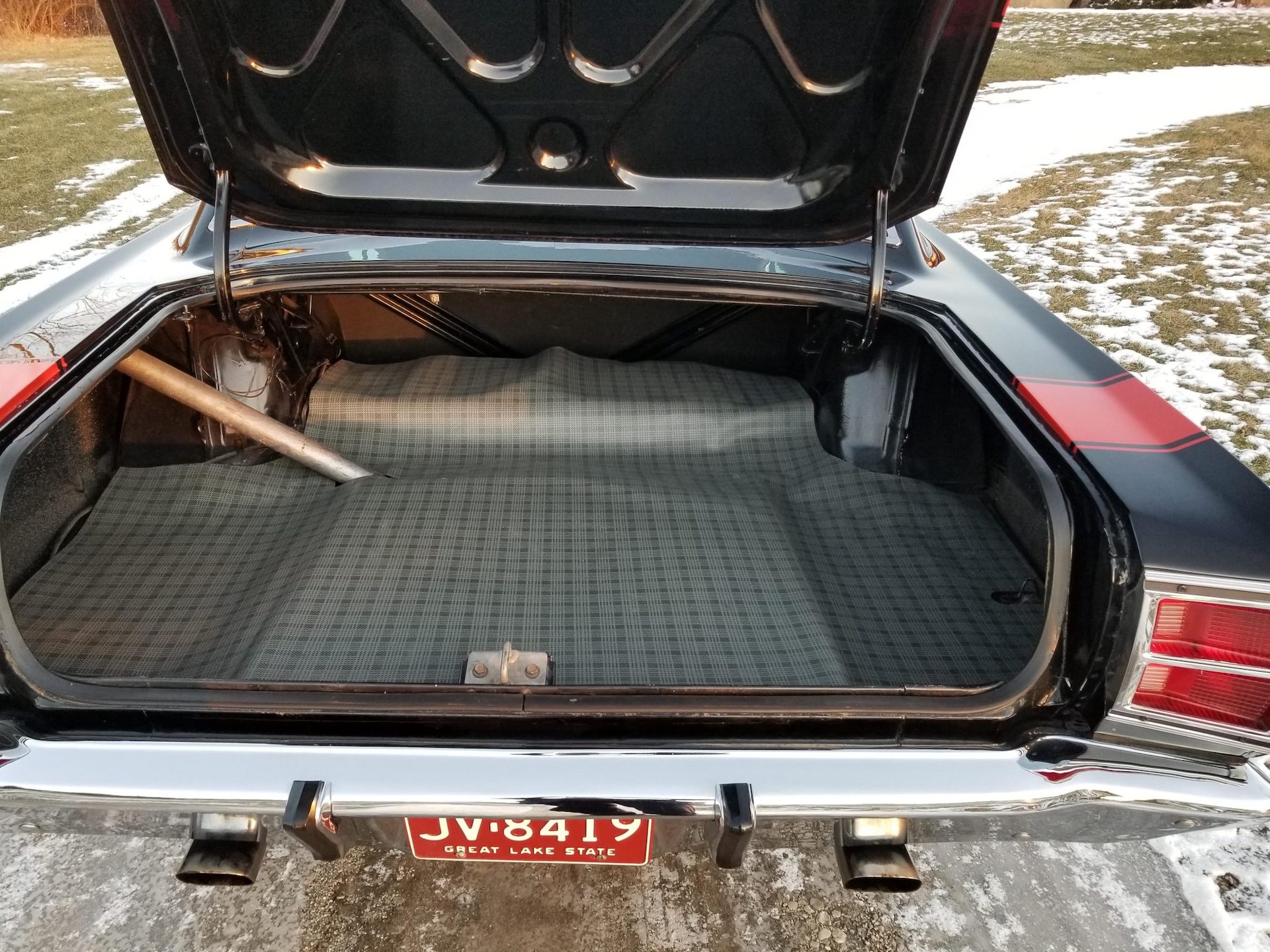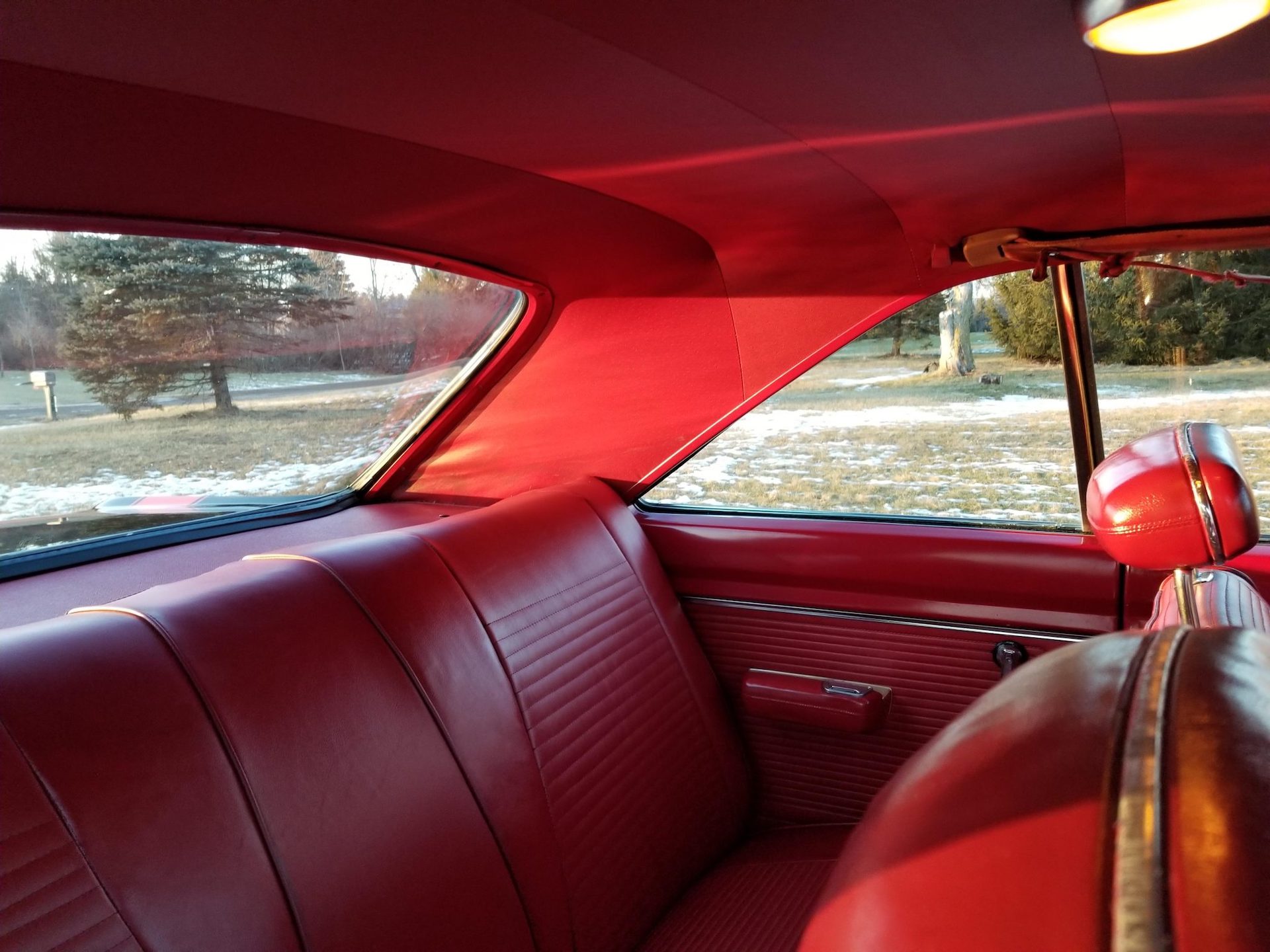Taking a big engine from a big car and cramming it under the hood of a mid-size car is what kicked off the whole muscle car scene in the early years of the 1960s.
But the 1969 Dodge Dart GTS 440 shows just how far automakers were prepared to push that idea by the decade’s end, and how many safety and convenience compromises they were prepared to make to deliver that muscle to the street.
The regular Dart GTS isn’t one of those muscle cars that makes Top 10 lists. A compact rival to Chevy’s Nova, it looks kind of square, both in the literal and 1960s senses of the word, and most came with small-block V8s, or maybe a 383, meaning they’re elbowed out of the way by the fancier Hemi Chargers and Challengers in muscle retrospectives.
But they were well respected in their day, particularly the little 340 cu-in. (5.6-liter) version, which was widely believed to be significantly underrated at 275 hp (279 PS). Car & Driver took one to 60 mph in 6 seconds, and down the quarter-mile in 14.4 seconds in September 1968 and suggested that the true power was closer to 350 hp. The only thing the magazine really disliked was the stopping ability of the optional power-assisted disc-drum brake setup.
Related: Even $4.8 Million Wasn’t Enough To Buy This ’71 Plymouth Hemi Cuda Convertible
“Any sort of maximum effort stop…sends the rear axle into a violent hop and the disc/drum setup is proportioned in such a way that straight line stops are out of the question,” wrote C&D’s tester. “After an 80-0 mph panic stop the Dart was invariably broadside to the direction of travel, the only consolation being that in each stop it consistently turned in the same direction. Inside, the driver has the sensation of a violent, shaking doom, which is reinforced by the screws coming loose and raining on his legs from under the instrument panel.”
Yeah, it seems like slowing down wasn’t the GTS’s strong suit. So what did Dodge do? It stuffed an even bigger engine under the hood, made the brakes even worse, and ditched the power steering so you had less chance of saving the day when things went awry.
The car pictured here, and currently for sale on Bring-a-Trailer is an M-code Dart GTS, one of just 640 Dart hardtops fitted with the massive 440 cu-in. (7.2-liter) V8 from the Charger in 1969. The transplant idea was pinched from legendary Mopar messer Mr. Norm, who had sold about 50 440-swapped Darts from his Chicago dealership in 1968. Chrysler thought that a factory-sanctioned car was exactly what it needed to capture some drag racing trophies in the National Hot Rod Association’s (NHRA) Factory Super Stock Class and tasked Mr. Norm with engineering the cars, production then being contracted to Hurst.
And that goal of drag strip glory helps make sense of the car’s slightly bonkers spec. The 440 infused the M-code GTS with a massive 375 hp (380 PS) and 440 lb-ft (597 Nm) of torque, but it was also physically massive. So massive that there was no room in the engine bay for a brake booster, meaning this near-400 hp compact came with unservoed drum brakes and slow, unassisted steering. Dodge really was skirting the limits of product liability with the Dart 440, and while it did build some even crazier 426 Hemi-powered Darts for competition, only the M-code made it to the street as a proper production car.
But while it was available from Dodge Dealers, those dealers knew exactly why you were buying it. So hardware like the rear axle, universal joints, and driveshaft, the kind of stuff that was destined to take a beating, was exempt from warranty coverage. Available only with a three-speed Torqueflite automatic, allegedly because Dodge was worried the rear axle wouldn’t hold up to manual speed shifts, the M-code apparently turned in a 12.7-second quarter mile at 112 mph when Drag Racing magazine swapped the stock rubber for something more able to get the 440’s power down in a June 1969 test.
Which must make the humble-looking GTS one of the greatest sleepers ever. This one, delivered new in Pennsylvania, but currently located in Michigan, was originally white, but is now presented in even stealthier black with just the red hoop around the tail and tiny 440 badges on the twin hood bulges to tip off rivals in the next lane. Imagine how much fun you could have, even today, catching other drivers unaware. Just remember to leave plenty of room (in every direction) for stopping.




